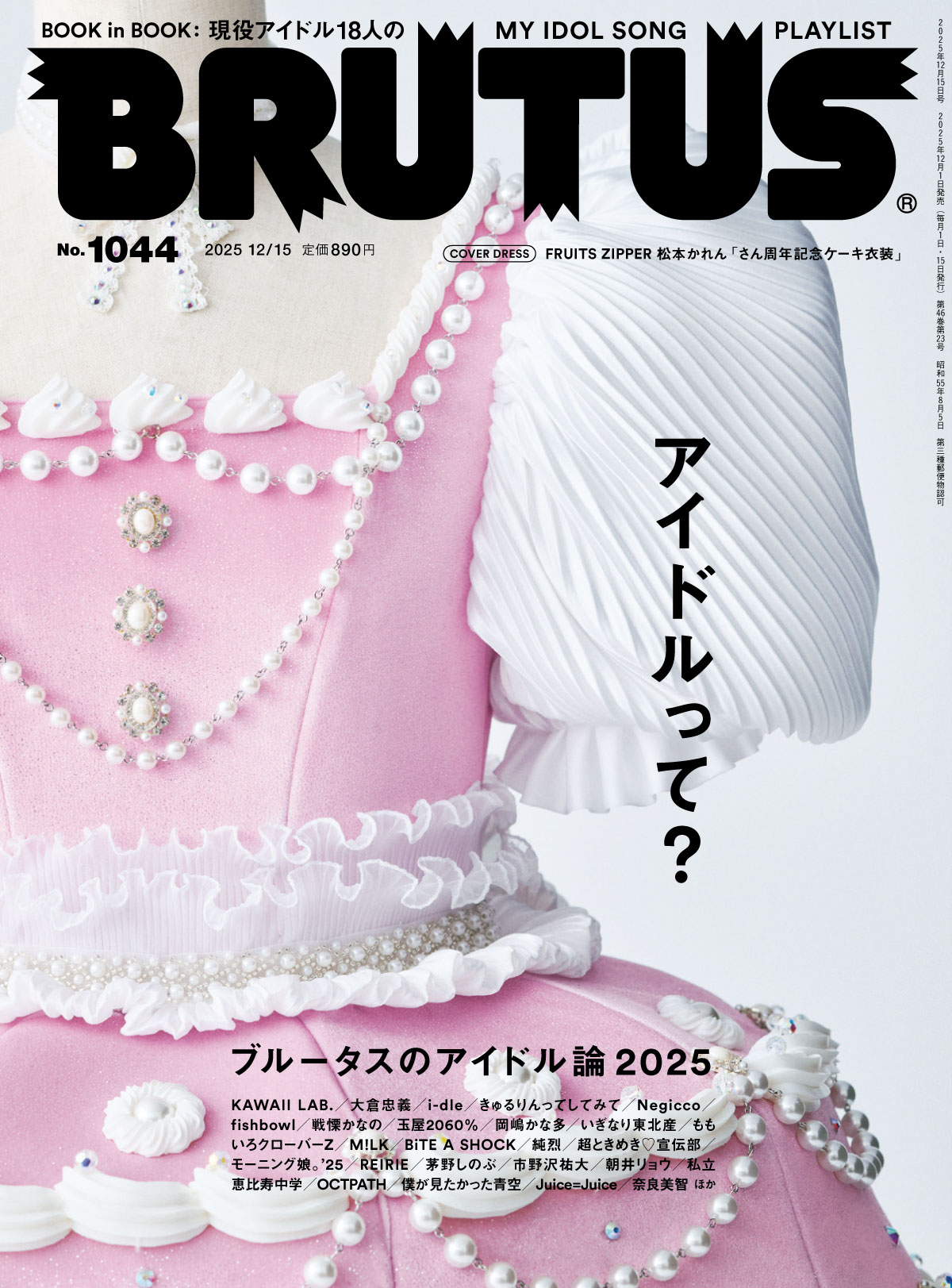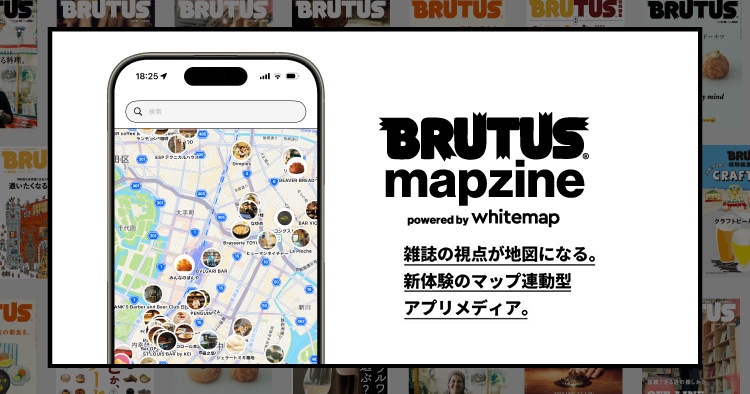“Japan is a mental space for me, it’s a mirror of your inner space. I know you have too many tourists now, we have the same thing in Paris. But to me Japan is not about tourism, Japan is about inner travel”, says Olivier Zahm, founder and editor-in-chief of the French independent fashion magazine “Purple Fashion” (hereafter “Purple”), first published in 1992, sitting in the lounge of the Cerulean Tower Tokyu Hotel in Shibuya. The Spring/Summer 2025 issue of “Purple” was a special issue on Tokyo, titled "The Tokyo Diary Issue". “Purple” has now grown into a massive 462-page hardcover magazine, but the style of its original publication was actually heavily influenced by Japanese magazine culture.
“When we came here in the 90s, the print culture was very active. We were influenced by the small format of magazines. We realised we can do a fashion magazine in a small format. In Japan they know how to go to the essence and give very little space for a lot of information”.

Japanese photographers, too, were and still remain important for Zahm. Takashi Homma and Chikashi Suzuki, who have been contributing to “Purple” for many years take center stage in Tokyo Issue. Zahm recalls his first meeting with Chikashi Suzuki:
“Chikashi rang the bell of “Purple” when he was 17 or 18. He said to me and Elene Fleiss, my partner: “I’m a big fan of “Purple”, big fan of the photographer Anders Edström. I want to work with you”. I said: “Great, next week we have Martin Margiela’s new collection, I am the stylist, do you want to shoot it?”. He was super happy. We did the first shoot with him almost immediately”.
Suzuki himself has also preserved this episode in his heart.
“When I was a student, I saw Martin Margiela documented by Anders Edström in the catalogue of the exhibition "L'hiver De L'amour Bis" held at the Museum of Modern Art in Paris, and that's when I decided to go to Paris and visit Anders. I showed him my book, and then he contacted “Purple”. That’s how my career started. Olivier and Elene were the ones who curated "L'hiver De L'amour Bis". I learnt about it when I met them, and everything, the reason for me coming to Paris, it all connected and started making sense. I was deeply moved”.
In Homma’s case, Zahm was impressed by his first photo book, “Babyland” (Little More, 1995), so he sent Homma a fax and made him an offer immediately. Here is how Homma remembers first encountering Purple:
“Purple was an underground magazine like a zine, and I've always loved that kind of thing. First, I met Ellen, and then Olivier. When he comes to Tokyo we always chat over breakfast. We used to do it at Hotel Okura, now we do it at the Cerulean”.
Zahm says he senses an “anti-individualistic" aesthetic in Japanese culture that is not found in the West.
“Japan is a very disciplined society, it feels to me that it’s very regulated and coded. It’s a very collective society. We have developed in the Western culture a sort of an ideology for individualism, very superficial. But to me, Japanese artists don’t care about their own ego. They care about their art, they love what they do, and they develop their own vision in a very obsessive and non-individualistic way. This is why I’m saying this is deep individualism. Like the artist and ceramist Takuro Kuwata, Japanese artists do multiple variations around the same pattern trying to achieve an even better result. Transcending the ego. To me, it’s a way to reject the superficial individualism based on consumerism”.
Homma was happy to read Zahm's lengthy editorial in the latest issue.
“Reading him quoting Roland Barthes, I thought it was great that Olivier still had the intellectual journalism just like early “Purple” had”.
As editor-in-chief of a fashion magazine, Zahm remains fascinated by Japanese photography and has used Japanese photographers continuously from the first issue to the current one.
“Photography in Japan is very essential, very graphic, very poetic, very sensitive. Western photographers in general are more dialoguing with culture in general. So photography in Western culture is a lot about critical point of view on pop culture. If you take Nadia Lee Cohen, Martin Parr. I don’t see this irony in Japan. Japan goes radically for the essence of photography”.
“Purple” has become a media outlet that plays a major role in disseminating Japanese photography to the world, but long-time contributor Chikashi Suzuki also has concerns.
“The Tokyo photos that Olivier is looking at are not from the fashion or commercial world, they come from a more core place. However, rather than the Japanese value system producing people who can shoot anything amazingly well, it’s more like editors create unique photographers by taking people who can only shoot in one certain field and making them shoot fashion. In the 1990s in Japan, there were a lot of magazines so it was possible to do something like this, but now getting an immediate response is a priority, so it may be harder to find people who can be successful with new forms of expression. In 1990s the economical situation in Paris was not great, but that’s where “Purple” and “Self Service” appeared. So I hope that even in modern Japan a new generation will be able to create something new”.
Zahm, on the other hand, feels a strong sense of crisis about the current situation, particularly, about the addiction to all things digital.
“Danger takes a digital form now, because consumerism is not only objects, it’s also images. Images are a form of product today. I believe you have to get closer to art. I believe you have to run away from the digital world, which makes you violent, isolated and depressed. Beautiful art and fashion will be your mirror. Deeply connected to who you are and how you see life. A sort of exoskeleton. Technology in the digital form is also an exoskeleton which actually isolates you. So, let’s go back to print”.
Zahm is optimistic about the future of magazines and print.
“People will look for real interesting different content. I’m lucky enough to work with luxury brands who still value magazine as a good and creative platform for fashion, they still value the quality of and the specificity of print magazine. So, I believe we don’t have to really fight this system. This system of moving images will collapse by itself. Like television has collapsed. Print is where you can really personally interact with art and fashion as a reader, without the digital noise”.
Zahm, who continues to maintain his indie spirit, also has expectations for the new generation.
“I’m speaking to ten percent of young people. Because those ten percent are ambitious, those ten percent are like me when I was twenty, they want another world. They want an alternative. These moving images are produced, self-produced by the masses who are not interested in changing the system, they just want to perform in the system. And the new generation doesn’t want to perform. The new generation wants to confront the system, destroy the system (laughs)”.





















